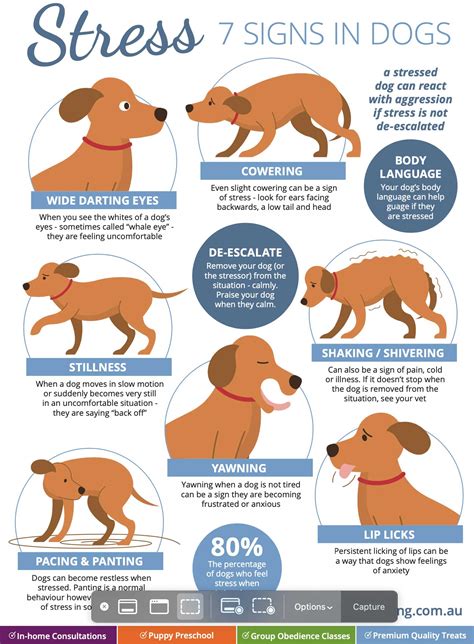Introduction
In the modern world, our beloved pets are increasingly exposed to various stressors, ranging from separation anxiety to environmental changes. This can have detrimental effects on their well-being, leading to behavioral issues and even physical ailments. However, with the right knowledge and strategies, we can effectively manage pet stress and enhance their overall happiness and health.

Understanding Pet Stress
Stress is a normal response to changes in the environment. It can be caused by a wide range of factors, including:
- Separation anxiety: Being away from their owners for extended periods
- Changes in routine: New schedules, unfamiliar places, or changes in the household
- Environmental stressors: Loud noises, thunderstorms, construction
- Medical conditions: Pain, illness, or discomfort
Signs of Stress in Pets
Identifying the signs of stress in pets is crucial for timely intervention. Some common symptoms include:
- Behavioral changes: Panting, pacing, whining, barking, or hiding
- Physical symptoms: Diarrhea, vomiting, excessive grooming, lack of appetite
- Vocalizations: Meowing, howling, or barking excessively
- Changes in sleep patterns: Sleeping more or less than usual
Pet Stress Training Strategies
With proper training, we can help our pets overcome stress and develop coping mechanisms. Here are some effective strategies:
1. Counter-Conditioning
This involves gradually exposing your pet to the stressor in a controlled and positive way. While the stressor is present, provide your pet with treats or praise, creating a positive association. Over time, they will learn to associate the stressor with something pleasant.
2. Desensitization
This is similar to counter-conditioning but involves exposing your pet to the stressor at increasingly higher intensities or durations. Start with a low level that your pet can tolerate and gradually increase the intensity as they become more comfortable.
3. Relaxation Techniques
Teaching your pet relaxation exercises, such as deep breathing or meditation, can help them manage stress. Massage, gentle music, or aromatherapy can also promote relaxation.
4. Environmental Management
Identify and minimize potential stressors in your pet’s environment. Provide them with safe and comfortable spaces, such as a crate or bed. Limit their exposure to loud noises or other triggers.
5. Exercise and Play
Regular exercise and interactive play can help release pent-up energy and reduce stress levels. Make sure your pet has ample opportunities for physical activity.
Pet Stress Training for Different Types of Pets
Dogs: Dogs are prone to separation anxiety, thunderstorm phobia, and noise sensitivity. Training methods should focus on building confidence and calmness.
Cats: Cats can be stressed by changes in routine, unfamiliar environments, and loud noises. Training should emphasize creating a safe and predictable space for your cat.
Other Pets: Stress training can be beneficial for rabbits, guinea pigs, birds, and other animals. The specific strategies will vary depending on the species.
Comparison of Pet Stress Training Methods
| Method | Pros | Cons |
|---|---|---|
| Counter-Conditioning | Creates a positive association with the stressor | May take time and consistency |
| Desensitization | Gradually exposes pets to stressors | Can be challenging for very sensitive pets |
| Relaxation Techniques | Calms pets in stressful situations | Requires regular practice |
| Environmental Management | Reduces stressors in the environment | May not be possible in all situations |
| Exercise and Play | Releases pent-up energy | May not be suitable for all pets, such as those with health issues |
Case Study: Pet Stress Training in Practice
A recent study by the University of California, Davis found that dogs who underwent pet stress training showed significant improvements in coping with separation anxiety. After 8 weeks of training, the dogs were able to stay calm and relaxed for longer periods while their owners were away.
Highlights of Effective Pet Stress Training
- Consistency and patience: Training takes time and effort. Stay consistent with training sessions and have patience with your pet.
- Positive reinforcement: Reward your pet for desired behaviors. Avoid punishing them for stress-related actions.
- Gradual approach: Gradually increase the intensity or duration of training as your pet becomes more comfortable.
- Professional help: If you are struggling to manage your pet’s stress, consider consulting a certified animal behaviorist or veterinarian.
FAQs: Pet Stress Training
1. How long does pet stress training take?
The duration of training will vary depending on the pet and the severity of the stress. Most dogs and cats require 4-8 weeks of consistent training.
2. Can I train my pet on my own?
While it is possible to train your pet yourself, it is recommended to consult with a professional if you are experiencing difficulties or if your pet has severe stress issues.
3. What are the benefits of pet stress training?
Stress training can improve your pet’s well-being, reduce behavioral issues, and strengthen your bond with them.
4. What are some signs that my pet is stressed?
Panting, pacing, whining, and hiding are common signs of stress in pets.
Conclusion
Pet stress training is an invaluable tool for ensuring the well-being of our beloved companions. By understanding the signs of stress, employing effective training strategies, and creating a supportive environment, we can help our pets overcome stress and live happy, healthy lives.





















